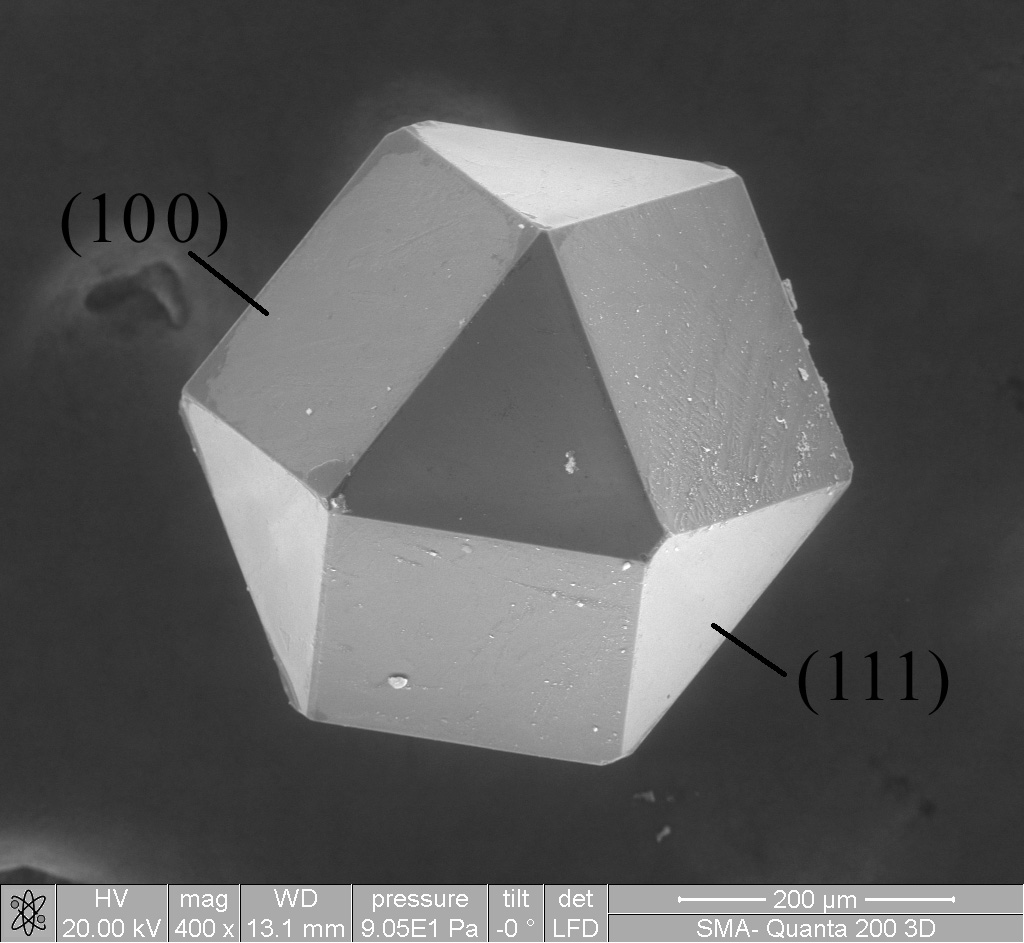|
Bioreceptivity
Bioreceptivity is defined as "the ability of a material to be colonized by living organisms." First defined by Guillitte in 1995 as a new term in ecology to discuss the beneficial applications of building materials for ecological uses. Previous understandings termed the colonization of organisms as "degradation," implying a negative connotation, leading to the creation of "bioreceptivity" for positive benefits of colonization on materials. It is an interdisciplinary field of study between materials science and ecology. Bioreceptive design is commonly mistaken for biomimicry, or nature inspired design. Marco Cruz and Richard Beckett provide an alternative explanation known as architectural bark, in which it is both nature-inspired and nature-integrated where colonization by the microbiome and organisms plays a role in the architectural design. Bioreceptivity is different from green infrastructure, such as green roofs, green walls, and storm water management, but has been observed t ... [...More Info...] [...Related Items...] OR: [Wikipedia] [Google] [Baidu] |
Materials Science
Materials science is an interdisciplinary field of researching and discovering materials. Materials engineering is an engineering field of finding uses for materials in other fields and industries. The intellectual origins of materials science stem from the Age of Enlightenment, when researchers began to use analytical thinking from chemistry, physics, and engineering to understand ancient, phenomenological observations in metallurgy and mineralogy. Materials science still incorporates elements of physics, chemistry, and engineering. As such, the field was long considered by academic institutions as a sub-field of these related fields. Beginning in the 1940s, materials science began to be more widely recognized as a specific and distinct field of science and engineering, and major technical universities around the world created dedicated schools for its study. Materials scientists emphasize understanding how the history of a material (''processing'') influences its struc ... [...More Info...] [...Related Items...] OR: [Wikipedia] [Google] [Baidu] |
Ecology
Ecology () is the natural science of the relationships among living organisms and their Natural environment, environment. Ecology considers organisms at the individual, population, community (ecology), community, ecosystem, and biosphere levels. Ecology overlaps with the closely related sciences of biogeography, evolutionary biology, genetics, ethology, and natural history. Ecology is a branch of biology, and is the study of abundance (ecology), abundance, biomass (ecology), biomass, and distribution of organisms in the context of the environment. It encompasses life processes, interactions, and adaptations; movement of materials and energy through living communities; ecological succession, successional development of ecosystems; cooperation, competition, and predation within and between species; and patterns of biodiversity and its effect on ecosystem processes. Ecology has practical applications in fields such as conservation biology, wetland management, natural resource m ... [...More Info...] [...Related Items...] OR: [Wikipedia] [Google] [Baidu] |
Biomimetics
Biomimetics or biomimicry is the emulation of the models, systems, and elements of nature for the purpose of solving complex human problems. The terms "biomimetics" and "biomimicry" are derived from (''bios''), life, and μίμησις (''mimesis, mīmēsis''), imitation, from μιμεῖσθαι (''mīmeisthai''), to imitate, from μῖμος (''mimos''), actor. A closely related field is bionics. Nature has gone through evolution over the 3.8 billion years since life is estimated to have appeared on the Earth. It has evolved species with high performance using commonly found materials. Surfaces of solids interact with other surfaces and the environment and derive the properties of materials. Biological materials are highly organized from the molecular to the nano-, micro-, and macroscales, often in a hierarchical manner with intricate nanoarchitecture that ultimately makes up a myriad of different functional elements. Properties of materials and surfaces result from a complex ... [...More Info...] [...Related Items...] OR: [Wikipedia] [Google] [Baidu] |
Living Wall Blackwelder
Living or The Living may refer to: Common meanings *Life, a condition that distinguishes organisms from inorganic objects and dead organisms ** extant taxon, Living species, one that is not extinct *Personal life, the course of an individual human's life * Living (Christianity) or benefice, in canon law, a position in a church that has attached to it a source of income Music * Living (Paddy Casey album), ''Living'' (Paddy Casey album) or the title song, "Livin, 2003 * Living (Judy Collins album), ''Living'' (Judy Collins album), 1971 *''Living 2001–2002'', an album by the John Butler Trio, 2003 *Living (EP), ''Living'' (EP) or the title song, by Josephine Collective, 2007 * Living (song), "Living" (song), by Dierks Bentley, 2019 * The Living, early 1980's Seattle punk rock band featuring Duff McKagan Television and film * Living (1954 TV program), ''Living'' (1954 TV program), a 1954–1955 Canadian informational program * Living (2007 TV program), ''Living'' (2007 TV prog ... [...More Info...] [...Related Items...] OR: [Wikipedia] [Google] [Baidu] |



